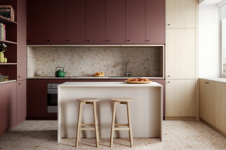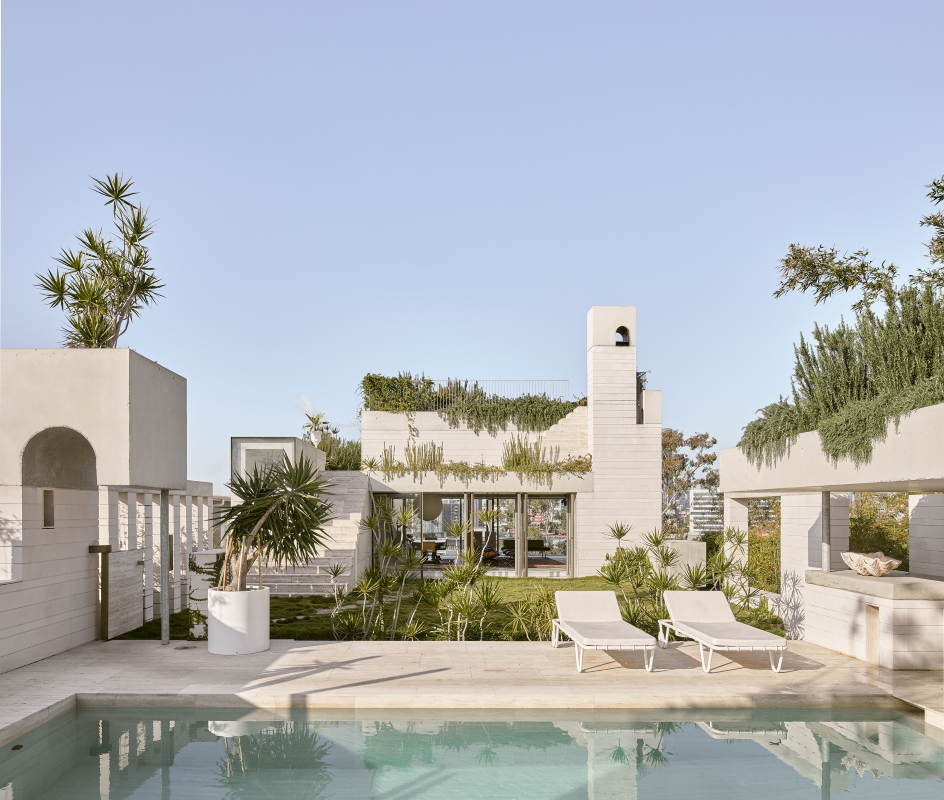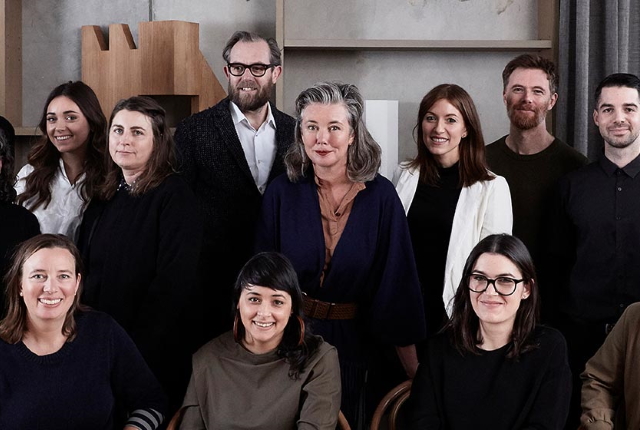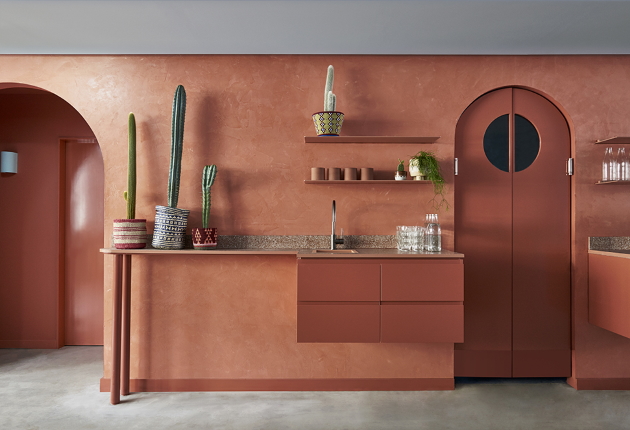“Every building is a prototype to the next one for us. The idea is that it's a kind of a slow-burn learning process rather than constantly trying different things.”
Ingrid Richards – Director, Richards & Spence
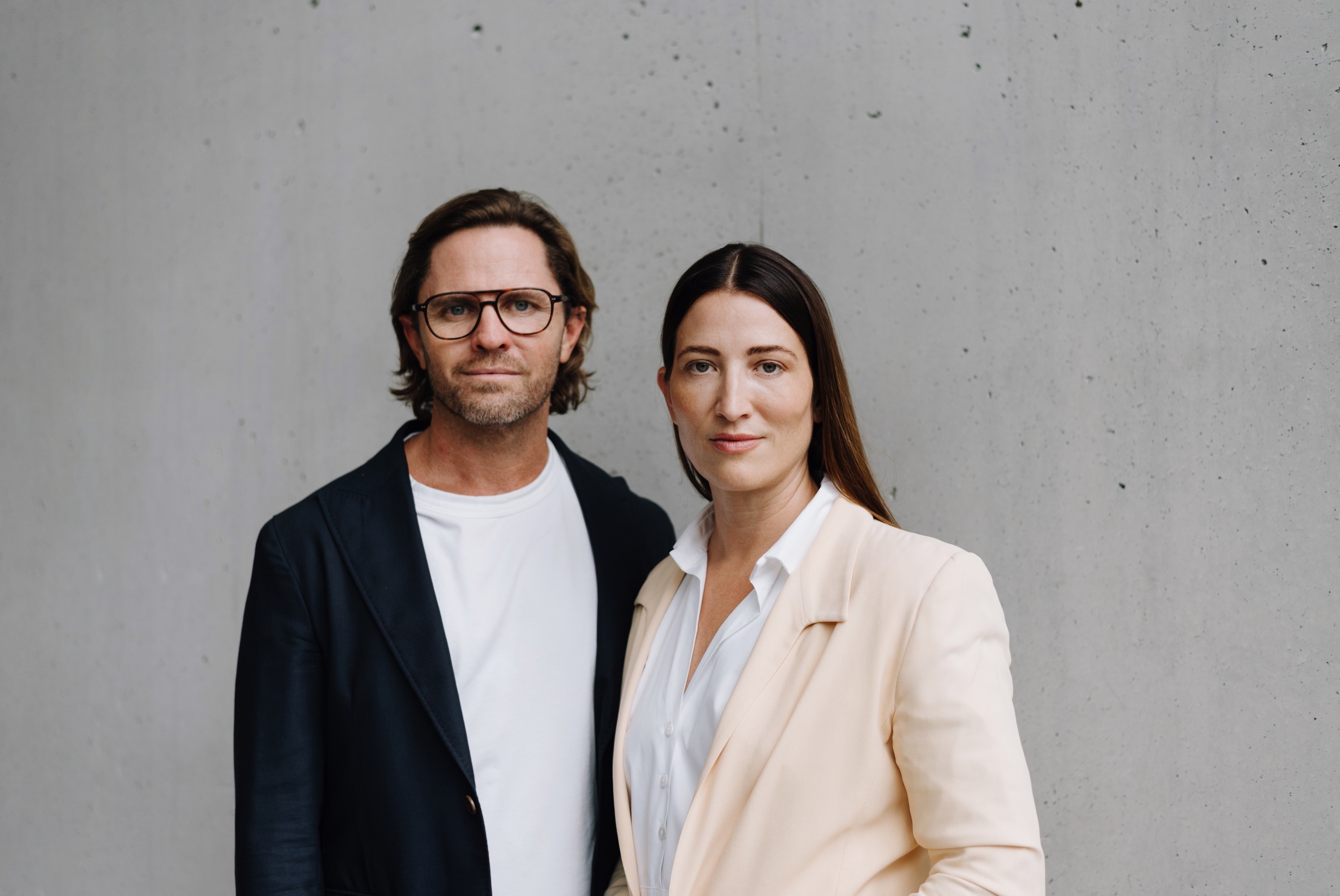

Asked about the origins of Richards & Spence, architect Ingrid Richards gives a response that will immediately ring true with anyone who knows the practice’s work. “Adrian [Spence] and I were considering whether or not to remain living in Brisbane and we decided that if we were going to stay, we'd start a practice that focused on improving the life of the city,” she says. “It directed us towards the kind of infill projects you’d be familiar with, things that we can use. It directed us away from residential to something that had a public face.” A little over a decade later, that clarity of purpose is borne out in a string of fantastic built projects, where civic space, retail and hospitality come together like incredibly stylish patches of new urban fabric stitched into the Queensland capital.
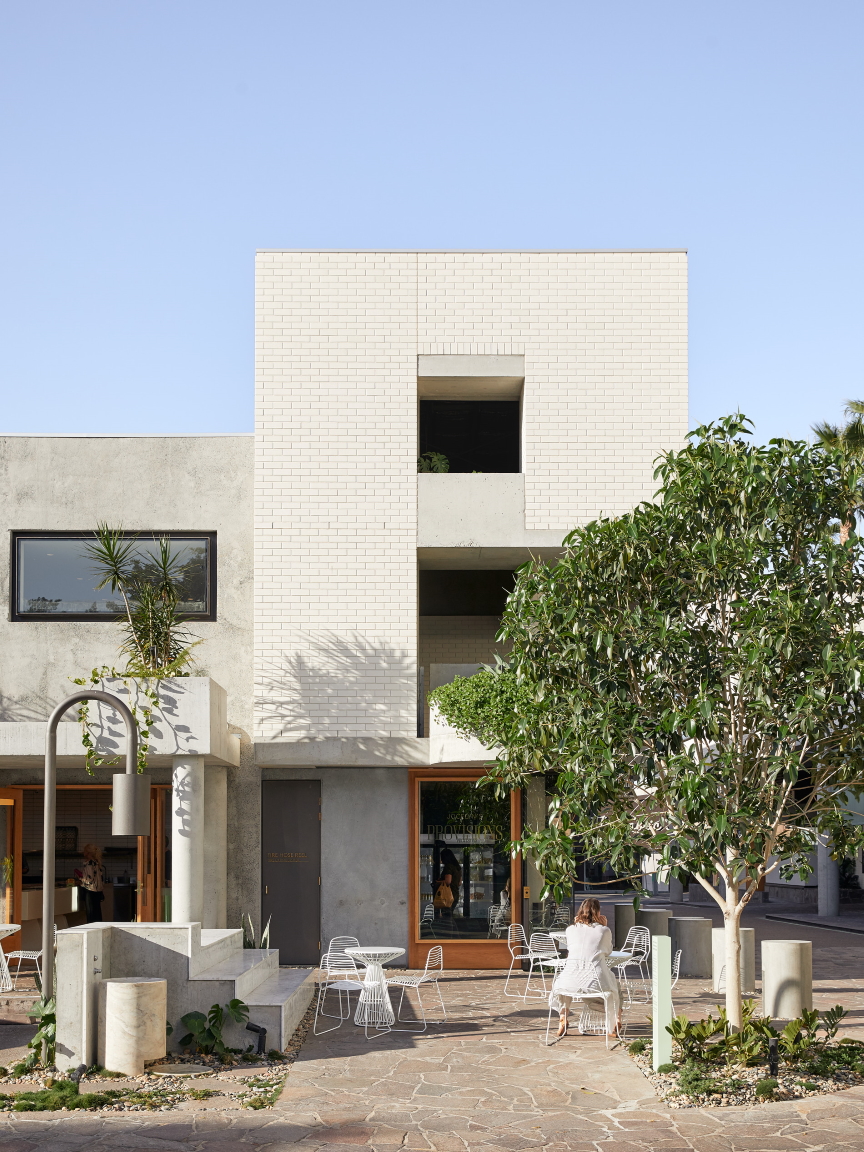

Exploring the layers of precinct, street and building
The James Street precinct provides arguably the best example of this, with Richards & Spence designing a series of beautiful individual buildings that share a common materiality, effectively creating a neighbourhood character for the area. “Brisbane hasn't had to limit itself in terms of building fabric in any way, beyond say a Queenslander, so we find when we go through the city there's every type of building available,” Richards explains. “You'll see at James Street that the buildings are all quite different, but they use the same material palette. The idea is that the precinct is more important than the street, which is more important than the buildings.”
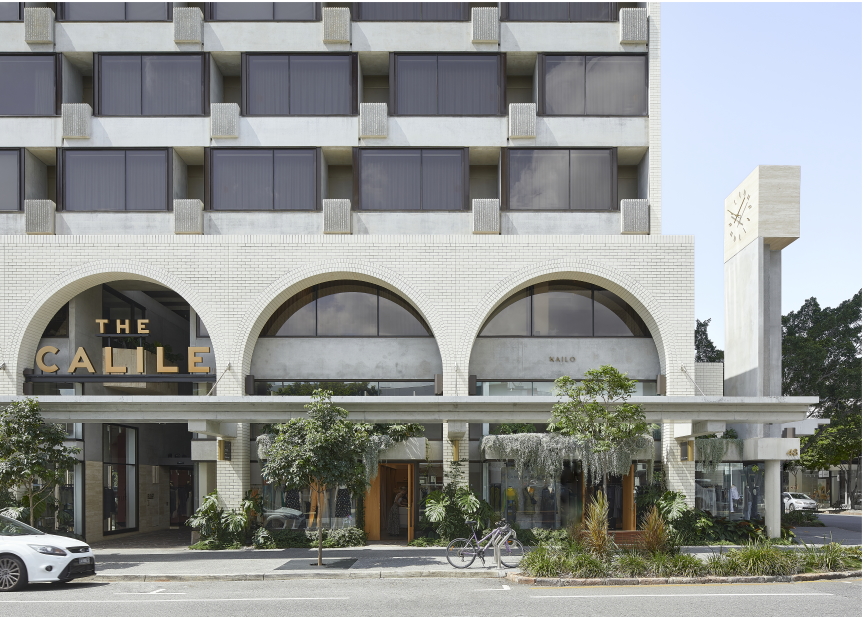

But as Richards acknowledges, “you also have to design for the tenant and for that individual use, so you have to design in both directions.” And this is where another hallmark of the practice is notable, in an architectural style that celebrates raw building fabric, especially brick, and eschews decoration or ornamentation. The building is viewed as the infrastructure for its use, whether it’s a shop, a cafe or something else. “The people, the landscaping, the occupation of the building, then provide a final layer to the built fabric,” says Richards. “It allows different users to sit alongside each other because there's that strong piece of infrastructure.” And the result is that a precinct can be relatively new yet feel authentic and organic, not designed to its final form in an architecture studio, but completed through the act of occupation and the adaptation of spaces at the human scale.
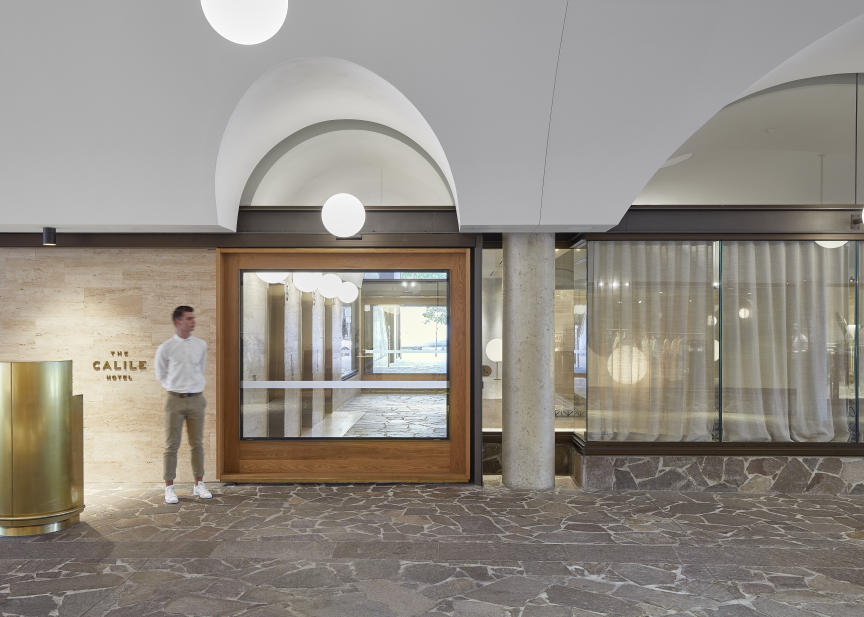

Gentle brutalism and refined interiors
When pressed, the two architects arrive at “gentle brutalism” as a term for the practice’s style, an acknowledgement of their preference for a reductive materiality and also a certain structural monumentality. This spirit continues as we venture inside their buildings, with a layering of interior and exterior spaces, voids and large-scale apertures, and a high proportion of external circulation – a true blurring of interior and exterior afforded by Brisbane’s glorious subtropical climate. However, there’s also a rare elegance to Richards & Spence’s interiors. Luxe materials appear – natural stone, tile, timber – tellingly, chosen as much for their durability as their beauty. “We try not to call them fit-outs, because it suggests that they're disposable or that they're not as important as a building,” Spence explains. “We apply the same rigor to an interior as we do to a building, with the idea that it could be there forever. It's not something that you reskin every five years, it should be as important as the outside.”
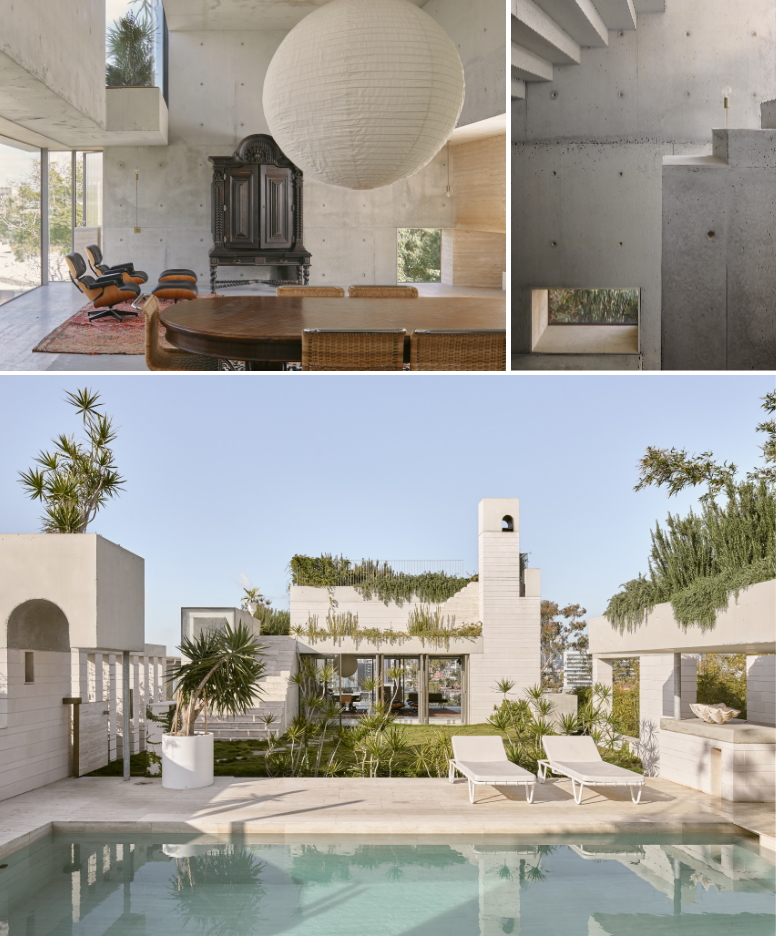

With that in mind, Richards & Spence are currently working through a small design project for their own studio, creating a hybrid between joinery and furniture. “Rather than making a low-cost integrated joinery unit we're making independent joinery boxes that you can pull out,” explains Richards. “They’ll need a continuous top, but we're separating the elements.” It’s a direct response to that idea of the “disposable fit-out” – components of a studio interior that the architects can pull out and take with them, if their practice moves to a new location. And they’ll be fabricated with Laminex laminate, a material specification Spence explains with reference to classic furniture. “You can buy an Aalto stool that has laminate and you’ll have it your whole life,” he says. “You don't have to bin the kitchen cupboard every five years.” It’s an exciting new development, at a different scale to Richards & Spence’s civic interventions, but with potential to significantly reduce wastage associated with commercial interiors. We hope to share the results here once it’s completed.
To keep up with the latest news, offers, product information, trade resources and design inspiration from Laminex, sign up for our newsletter here.


